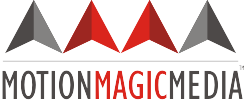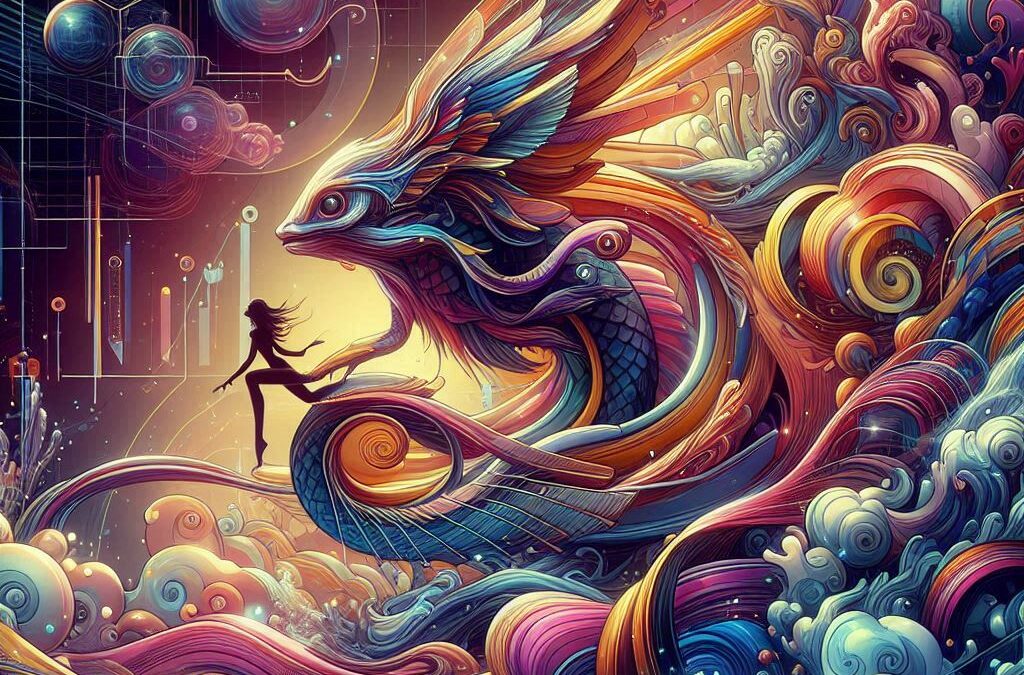Motion Design and Motion Graphics showcase play a crucial role in the digital landscape, offering a dynamic way to communicate ideas visually. In today’s fast-paced world, these creative mediums are essential for capturing audience attention and conveying complex information effectively.
This blog will delve into the significance of motion design, and explore its applications across various industries, like Animation, Advertising, Films, Gaming, AR / VR & Many more. will also discuss future trends in the field, and highlight the benefits of showcasing your work in this competitive arena.
Let’s dive…
What is the Importance of Motion Design
When it comes to Motion Design and Motion Graphics showcases, their significance in the digital realm cannot be overstated. These creative mediums serve as powerful tools for conveying ideas visually, making them essential in today’s fast-paced world. as they create long-lasting impact on your audience
Let’s explore why Motion Design holds such importance.
How Motion Graphics Enhances Visual Communication
To begin with, Enhancing Visual Communication is a key aspect where Motion Design truly shines. By incorporating movement and animation into static visuals, designers can captivate audiences in ways that traditional graphics cannot achieve alone.
How it Engages Audiences
One of the primary benefits of Engaging Audiences through motion design is the ability to create dynamic and interactive content that grabs viewers’ attention. Whether it’s a captivating logo animation or an eye-catching social media ad, motion design has the power to leave a lasting impression on consumers.
How Motion Graphics / Motion Design is useful for Simplifying Complex Information
Moreover, Simplifying Complex Information becomes more manageable with motion graphics. By breaking down intricate concepts into digestible visual elements, designers can effectively communicate even the most challenging ideas to a broad audience.
Industry Applications
The versatility of motion design extends across various industries, making it a valuable asset in today’s competitive market landscape. here is a list of a few of the industries where motion graphics is used.
Motion Graphics are commonly used in various media, including:
- Advertising
- TV Shows
- Social Media
- Explainer Videos
- Movie Titles
- Gaming
- Events
- Entertainment
- Education
let’s see it in more detail below:-
Advertising:
In the realm of Advertising, motion graphics play a crucial role in creating compelling promotional materials that drive consumer engagement. Motion graphics are used in commercials and online ads to catch the viewer’s eye and convey messages quickly and effectively. They help brands stand out with engaging visuals and animations.
From animated product demos to vibrant brand commercials, motion design elevates advertising campaigns to new heights.TV Shows: Animated intros, transitions, and on-screen graphics make TV shows more dynamic and visually appealing. These graphics help set the tone and style of the show, keeping viewers engaged.
Social Media: On platforms like Instagram, Facebook, and TikTok, motion graphics make posts and ads more engaging. Animated content grabs attention in busy feeds and makes messages more memorable.
Explainer Videos: Companies use motion graphics to simplify complex ideas and explain products or services in a clear, engaging way. These videos are often found on websites and social media.
Movie Titles: The opening credits of films and TV shows often use motion graphics to create a memorable start. They help set the mood and introduce the cast and crew creatively.
Gaming: Motion graphics are essential in video games for creating engaging interfaces, tutorials, and cutscenes. They enhance the gaming experience by making it more interactive and visually appealing.
Events: Live events, conferences, and concerts use motion graphics on large screens to entertain and inform the audience. Animated visuals can include event schedules, speaker introductions, and background visuals.
Entertainment:
Beyond TV and movies, motion graphics are used in music videos, online streaming platforms, and other entertainment media. They add an extra layer of creativity and engagement to the content.Within the realm of Entertainment, motion graphics are instrumental in bringing stories and characters to life on screen. Whether it’s enhancing special effects in films or creating animated sequences for television shows, motion design adds depth and visual appeal to entertainment media.
Education:
Educational videos and e-learning platforms use motion graphics to make learning more engaging and easier to understand. Animated diagrams, charts, and characters can simplify complex topics for students of all ages.In the field of Education, motion graphics offer innovative ways to present educational content that resonates with students. Through animated tutorials, interactive learning modules, and visually engaging presentations, educators can make complex subjects more accessible and engaging for learners.
Future Trends in Motion Design
Technological Advancements in Motion Deign / Motion Graphics
AI and Automation
The integration of AI and Automation in motion design is revolutionizing the creative process. By leveraging artificial intelligence, designers can streamline repetitive tasks, enhance workflow efficiency, and explore innovative design possibilities. Automated tools like motion tracking software and AI-powered animation systems are reshaping the landscape of motion graphics production, allowing for faster project turnaround times and increased creative experimentation.
Virtual Reality
The emergence of Virtual Reality technology has opened up new avenues for immersive storytelling through motion design. Virtual reality experiences offer audiences a unique interactive journey, blurring the lines between the physical and digital worlds. Motion designers are now exploring VR environments to create captivating visual narratives that engage viewers on a deeper level. From 360-degree videos to interactive VR applications, this technological advancement is pushing the boundaries of traditional motion graphics into exciting new territories.
How Motion Graphics is Evolving Design Aesthetics
Minimalism
In the realm of Minimalism, simplicity reigns supreme as designers embrace clean lines, uncluttered compositions, and subtle animations to convey powerful messages. Minimalist motion graphics focus on essential elements, stripping away excess visual noise to create impactful visual stories that resonate with audiences. By employing minimalist design principles, motion designers can craft elegant visuals that communicate complex ideas with clarity and sophistication.
Dynamic Typography
The use of Dynamic Typography in motion design adds a layer of creativity and dynamism to visual storytelling. Dynamic typography involves animated text elements that move, transform, and interact with other design components to enhance narrative depth and visual interest. From kinetic typography animations in music videos to animated text overlays in promotional content, dynamic typography injects energy and personality into motion graphics projects, capturing viewer attention and conveying messages with flair.
- Motion design serves as a vital tool in visual communication, capturing attention through dynamic visuals.
- Showcasing work in motion graphics portfolios highlights skills and expertise effectively.
- Embracing future trends like AI integration and VR technology is key for career advancement.


Recent Comments